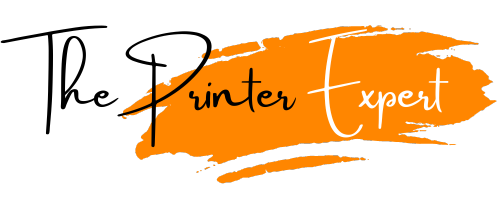What is a Plotter Printer? Meaning, Types, and Applications
Have you ever thought about how blueprints, GIS maps, and other large-scale technical drawings come to life? The answer lies in a specialized type of printer known as a plotter printer.
These machines are the masters of accuracy, with the ability to deliver high-quality large-format printing with precision.
Unlike normal printers such as inkjet or laser printers, plotter printers are the champions of fields like architecture, engineering, construction, GIS, and graphic design.
If you own a printing business or are simply passionate about printing oversized detailed documents, it’s pretty useful to understand what is plotter printer aka wide format plotter printer, and how it works
This blog post will walk you through what this printer is, how it works, and help you find the right one for your needs.
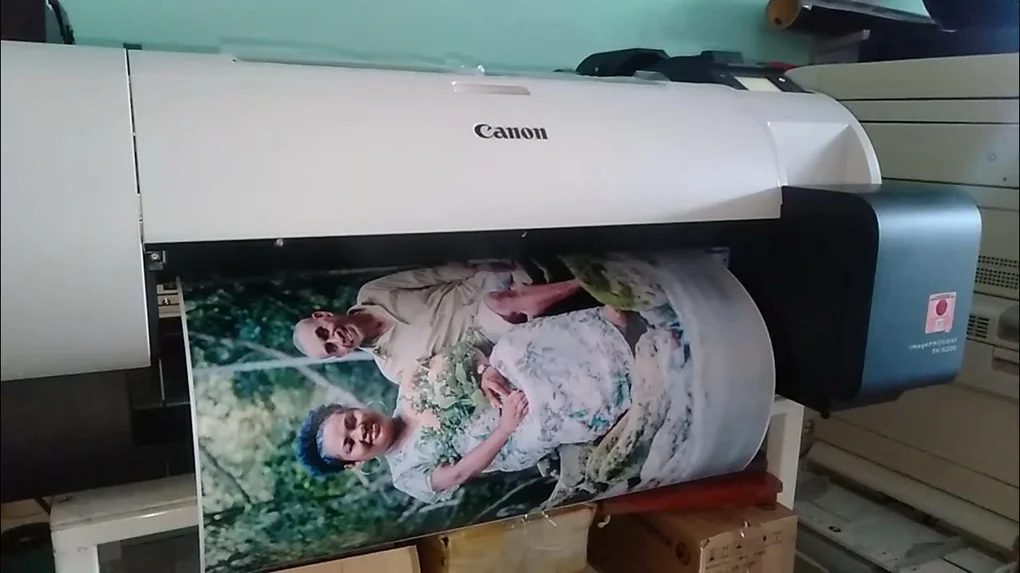
Table of Contents
What is a Plotter Printer?
In the old days, with the word “plotter”, a blurry image of a device equipped with pens comes to mind. Now these modern large-format printers are known to produce high-quality prints on paper or film.
These printers come with advanced inkjet technology and are capable of printing graphics, CAD drawings, and large-scale items with incredible precision and detail.
Plotter printers are different from traditional printers like dot matrix printers which use a series of dots to produce images, but the printers use pens, pencils, or markers to draw single lines.
That’s why these wide-format printers are ideal for detailed prints, architectural designs, and large-format graphics.
With their growing demand in the market, they have become an essential tool for architects, designers, engineers, and fine art printers.
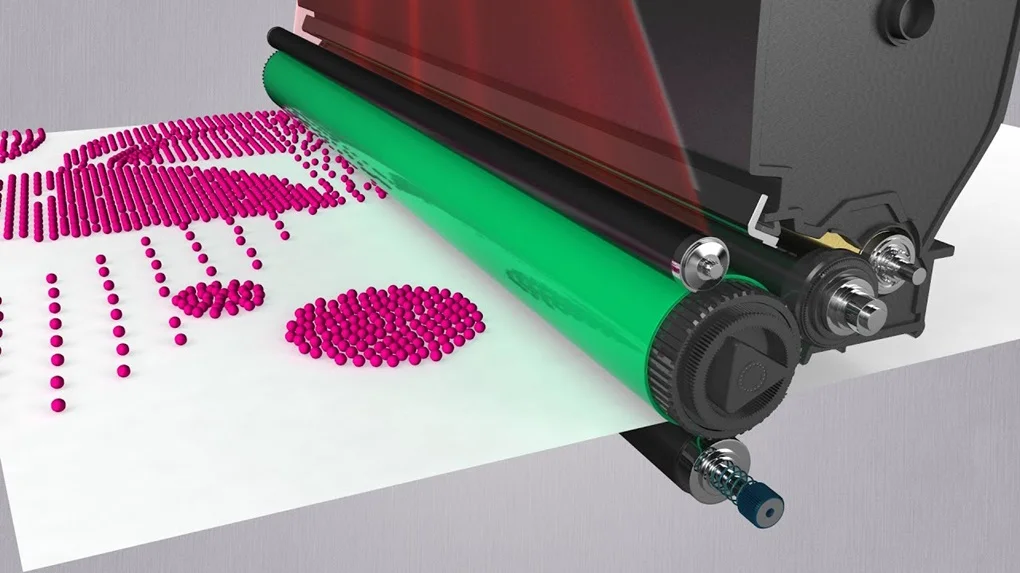
How Does a Plotter Printer Work?
As far as I have explained what a plotter printer is, let’s dig into how it works. These printers communicate with the CAD software installed on your computer. The printer translates the inserted data to print drawings, maps, and technical designs.
Unlike inkjet and laser printers printer machines that spray inks or toner through nozzles onto the substrate, wide format plotter printers operate by moving a pen across the surface of a piece of paper. This plotter pen is a hollow fiber with a pointed end and sharp tip from where the ink is released.
The paper itself is either stationary or moves under the pen, depending on the type of plotter. The pen is controlled by a computer, which directs the movement of the pen based on the digital image or design being printed.
Up until the schematic image is done, the computer transfers the coordinates to the plotter which decodes these codes and determines the paper and pen’s route.
If you’re curious about which type of language this plotter understands, let’s break the ice – these are DMPL and HP-GL.
Types of Plotter Printer
There are different types of wide format printers out in the market. The most common ones are the following:
Drum Plotters
A drum plotter is a graphic output device that produces a design based on what a computer communicates to the printer.
In a drum plotter, the paper is wrapped around a drum, and the pen moves across the paper to draw the image. The drum rotates to move the paper for continuous, long prints.
Pen Plotters
A pen plotter is considered a traditional low-cost printing method used for computer-aided drafts. These plotters use colorful pens or markers to create multicolored graphics and prints.
They are often used for engineering and architectural applications. With the advent of modern plotters like large format inkjet plotters, pen plotters have lost their shine.
Inkjet Plotters
These plotters use inkjet printing technology to create prints. They are often used for graphic design and poster printing.
Using inkjet print technology and vector graphic technology, the plotter pen delivers ink droplets of a variety of colors (CYMK) onto the substrate surface. This plotter can print on different materials including vinyl, metal, and fabric.
Flatbed Plotters
In flatbed plotters, the paper remains stationary on a flat surface, while the series of motors and gears initiate the pen to move over it.
This type of plotter is often used for large-sized drawings or when extreme accuracy is required. This wide-format plotter is ideal for large-scale design printing.
Cutting Plotters
These plotters are not only used for drawing but also for cutting. They use a blade instead of a pen to cut materials such as vinyl, making them popular in the sign-making industry.
For drawing purposes, a computer system is attached to the plotter. You must have seen these drawings – banners, street signs, billboards, and vehicle designs.
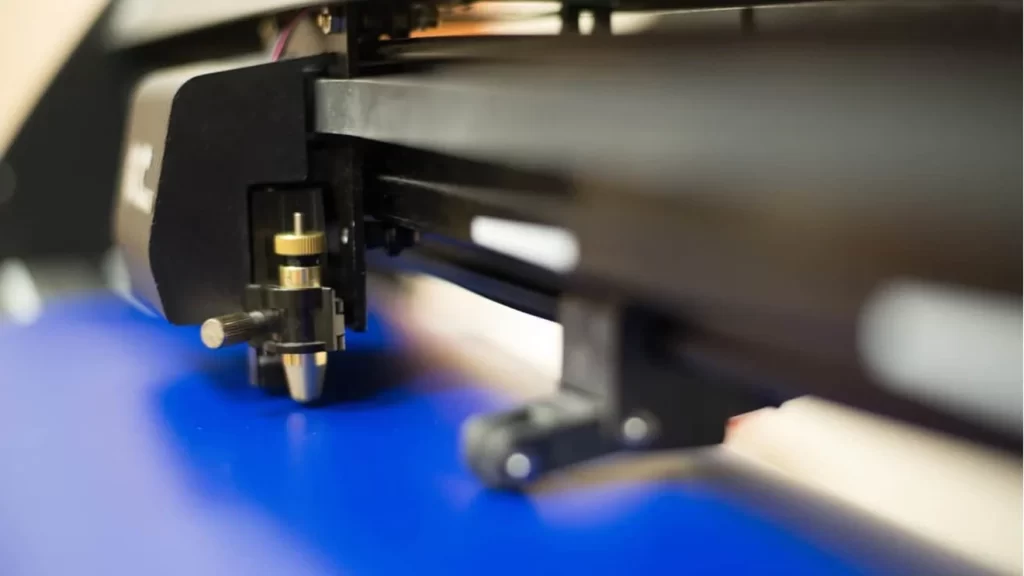
Applications of Plotter Printers
Plotter printers are essential tools in industries where detail printing is critical. Here are some common applications:
- Architecture: Architects rely on these printers to produce detailed blueprints and floor plans. The ability to print large, technical drawings makes plotters must have in this field.
- Engineering: Engineers use plotters to create intricate diagrams, orthophotos, circuit layouts, and technical schematics that require high precision.
- Graphic Design: Plotter wide format printers are favored by graphic designers for producing large posters, banners, signage, and other marketing materials. The clarity and sharpness of the lines make them ideal for high-quality prints.
- Textile and Fashion: In the fashion industry, plotters are used to print and cut large patterns and designs on fabrics. These plotters are most seen in the large-scale clothing sector.
- Cartography: Because of their ability to print in large formats, mapmakers use these printers to produce large maps with fine details, essential for accurate navigation tools.
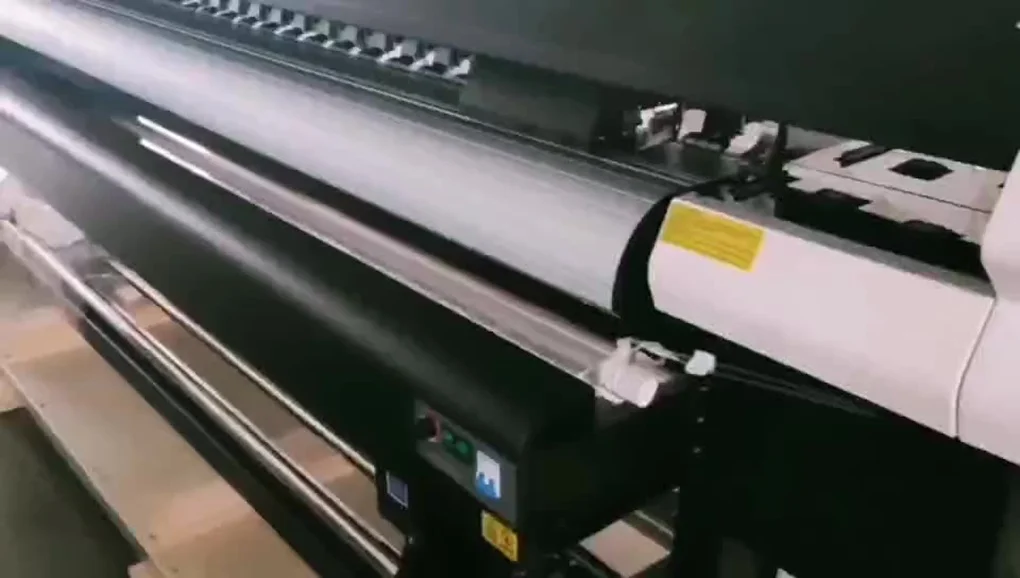
Choosing the Right Plotter Printer
When selecting a plotter, consider factors such as:
- Print Size: Decide on the maximum size of the prints required for the specific printing project.
- Software Compatibility: Make sure that the printer can connect with the software of your choice, especially CAD software in case you are an architect or an engineer.
- Speed: For a large quantity of prints, one of the main concerns is the speed. Keep in mind, that printers take longer time than normal printers, this is because of the labeling mechanism.
Additionally, It’s important to buy from a reputable seller. Suggest an expert for a featured pack plotter. Otherwise, you can be deceived and your money will get wasted.
Conclusion
Plotter printers are less prevalent than inkjet or laser printers in homes and workplaces. But they go beyond price in the field of large-scale, detailed printing.
From architects to graphic designers, these tools deliver the precision and versatility required to bring complex designs to life.
Whether you’re printing a blueprint, making a banner, or cutting out a vinyl sign, a plotter printer is the right tool for the job.
